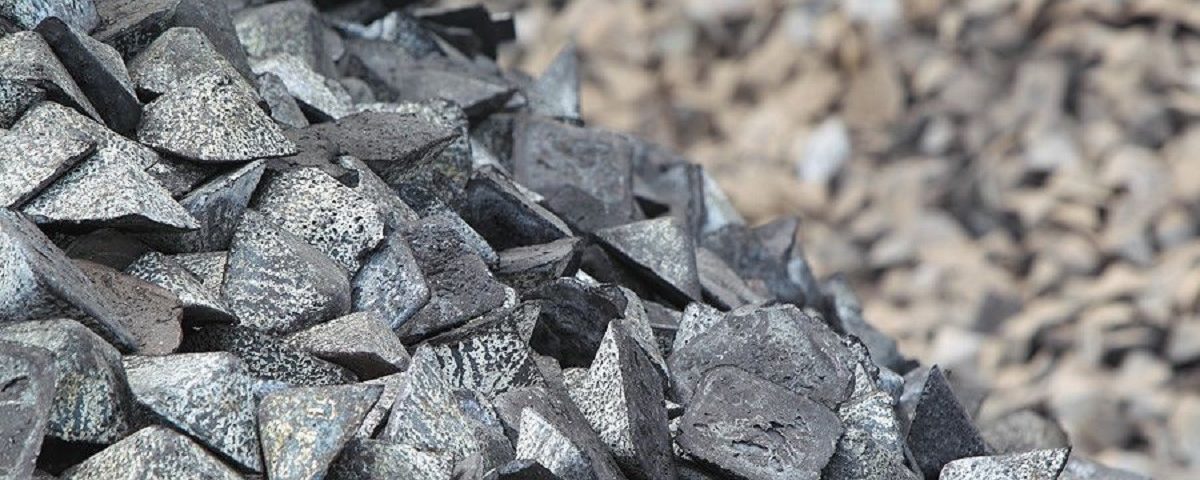Doing business

The full-scale invasion of the Russian Federation into Ukraine affected most commodity markets around the world. Since Ukraine and the Russian Federation accounted for about 60% of the world export of commercial pig iron, the global chains of its supply have completely changed, writes S&P Global.
In 2022, Ukraine exported 1.32 million tons of pig iron, which is 59% less than in 2021. The main consumer of Ukrainian pig iron in 2022 was the USA (38.47%). Before the war, the United States consumed more than half of the pig iron exported from Ukraine.
The average level of Ukrainian pig iron export from December 2022 to April 2023 was 126.26 thousand tons per month. A return to the pre-war level of foreign supplies at the level of approximately 250,000 tons per month is currently impossible due to destroyed and damaged facilities, dependence on the course of hostilities, electricity production, etc. The growth of Ukrainian exports is also negatively affected by logistics. During the period of post-war economic recovery, the growth of domestic demand for steel may delay the recovery of Ukrainian pig iron exports.
Currently, the export of iron and steel is of strategic economic importance for the country, to ensure it, Ukrainian metallurgists will have to use alternative and more difficult ways in the near future. At the same time, due to the impact of sanctions, the Russian Federation is forced to look for new sales markets, in addition, the pricing conditions for its products have changed.
According to the Russian platform Metaltorg, in the first quarter of 2023, Russia reduced pig iron exports by 29% y/y – to 1.1 million tons, in 2022 – by 23% y/y, to 3.3 million tons. According to Platts estimates, monthly Russian export supplies last year fell to 230-280 thousand tons from 350-400 thousand tons in previous years.
Supplies to the United States, which accounted for about 50% of Russia’s iron ore exports before the war, virtually ceased within months of the war. The gap was filled by other suppliers, including from Brazil, Ukraine and even India. At the same time, the Russians are reducing production by temporarily stopping the blast furnaces, changing the range of products and increasing sales to alternative markets.
The EU, despite tough measures on steel, has allowed free imports of Russian iron, except for enterprises directly under sanctions. Italy, which is the largest buyer of Russian pig iron in the European Union, continues to import significant volumes, the import of this product to Turkiye in the first quarter of 2023 increased by 34% y/y.
As most market players see higher risks in trade with the Russian Federation due to sanctions, buyers in Turkiye and elsewhere are likely to have more leverage over Russian pig iron pricing. For example, if earlier Russian steel mills traded it on par with Brazilian ones, with which they competed for the US market, now they sell these products at a price approximately $100/t FOB lower than Brazil.
The scenario that most Russian traders have now effectively settled on is to try to cut pig iron exports to produce more steel, combined with a diversion of volumes from the US to Turkiye, Europe, the Middle East and Asia. In addition, while Turkiye and most Asian markets are unlikely to embargo Russian pig iron, given the current European sanctions, it may well come under the EU’s sights.
As it was reported earlier, Ukrainian steel companies in May 2023 increased exports of pig iron by 14.4% compared to the previous month – up to 96.5 thousand tons. In January-May 2023, Ukraine exported 630.35 thousand tons of iron. Export volumes increased by 23.8% compared to the same period in 2022.
Source: https://gmk.center/ua/